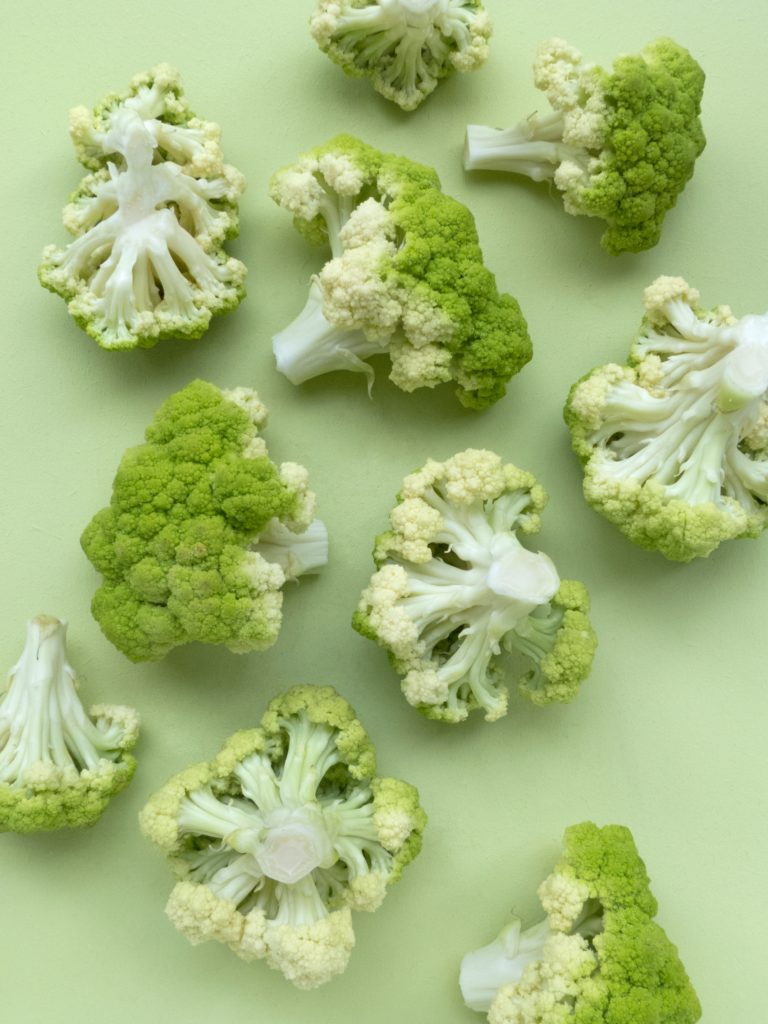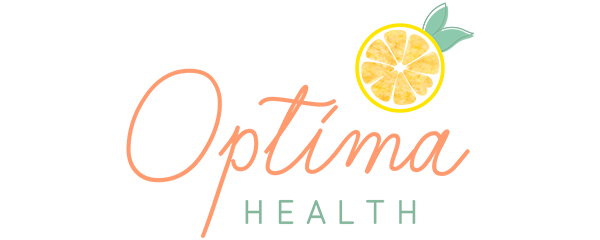According to the World Health Organisation, 2 billion people in both the developed and developing countries – over 30% of the world’s population – are iron deficient. Specifically, in developing countries every second pregnant woman and about 40% of pre-school aged children are estimated to be anaemic. So much so that iron deficiency, and iron deficiency anaemia, remains one of the most severe and important nutritional deficiencies in the world today. These numbers are staggering and every age group is vulnerable, highlighting the need for good education around optimal iron intake and better control of associated co-morbidities that exacerbate the condition, especially as inadequate iron can have a major impact on one’s quality of life.
Iron Uses
Iron is an important mineral that plays a role in many different aspects of our health.
Some examples include:
- It’s major function is to combine with protein and copper to form haemoglobin, which helps to transport oxygen in the blood to various tissues around the body.
- It is needed for 93 different working enzymes in our body.
- It is an essential cofactor in reactions to do with energy production, hormonal health and cognitive functioning.
- It increases our resistance to illness, disease and stress.
- It helps form muscle myoglobin, an important protein that captures the oxygen that the muscles use for energy.
Iron Deficient States
The recommended daily dietary intake for iron is as follows:
- 8 mg/day for men/women over 50 years
- 8 mg/day for men under 50 years
- 18 mg/day for women under 50 years
- 27 mg/day for pregnant females
- 9-10 mg/day for lactating females
Most of the iron in the body is stored within the haemoglobin of red blood cells. Extra iron is stored within the liver and is used during times when dietary intake is inadequate or perhaps absorption is lacking and extra iron is required for use in the body.
Inadequate iron intake (through diet or supplemental means) can lead to varying degrees of iron deficiency.
- Low iron stores or iron depletion where the body’s haemoglobin levels are within a normal range, but the body has only a small amount of stored iron as characterised by low serum ferritin and a decrease in iron binding capacity.
- Early iron deficiency or iron deficiency where haemoglobin levels are below normal and both stored and blood-borne levels of iron are low as characterised by decreased serum transferrin saturation, increased erythrocyte protoporphyrin concentration and increased serum transferrin receptor.
- Iron deficiency anaemia where the haemoglobin levels are so low that the blood is unable to deliver enough oxygen to the tissues and cells.
Iron deficiency, especially in young Australian females, is on the rise. For teenage girls, iron is off particular importance due to the onset of menstruation, large growth spurts and subsequent expansion of blood volume, all of which increase an individuals iron requirements. The requirements are not often met by an increased dietary intake, hence, we are seeing more and more girls experiencing low iron stores and the symptoms that come with it.
Those who do a lot of running can also be at risk of iron deficiency. Foot strike leading to haemolysis and organ movement can all lead to excess iron losses within the body. Regular exercise also increases the body’s iron requirements ion a number of ways. For example, high intensity training promotes the production of red blood cells to accomodate, which results in a loss of iron through sweat.
Other reasons why we are seeing an increased amount of iron deficient states in the population include inadequate dietary intake, including poorly balanced/supplemented vegetarian or vegan diets, chronic dieting, limited access to fresh foods, underlying disease states, poor absorption of nutrients, heavy bleeding (due to menstruation, regular nose bleeds, polyps or other chronic disorders and certain medications e.g. aspirin) and more.
Untreated or undiagnosed coeliac disease is also a condition where iron deficiency is usually present. This is mostly due to the inability of the body to absorb the goodness of dietary iron due to the damage of the intestinal lining from gluten. Once gluten is removed and the gut heals, iron levels typically return to a normal range.
Deficiency signs
Iron deficiency can present as fatigue/exhaustion, irritability, pallor, heart palpitations or rapid pulse, constipation, shortness of breath, feeling cold, poor mood, headaches, anxious feelings, foggy brain and/or decreased concentration/memory muscle aches and cramps, hair loss, sometimes crave ice blocks, increased frequency of illness.

Laboratory Testing
Initial laboratory testing will include a full blood count (FBC) to determine overall health status. In an iron deficient state, results may show the following:
- Haemoglobin (Hb) may be normal early on, but levels will decrease as deficiency increases.
- Red blood cells may be normal in size and colour early on (normocytic, normochromic) but as deficiency increases, red blood cells will become smaller in size (microcytic) and paler in colour (hypochromic) when compared to normal.
- In deficient states, the mean cell volume may also be decreased as well as the mean cell haemoglobin (the average amount of haemoglobin per red blood cell). There may also be an increased variation in the size of the red blood cells.
Further laboratory tests used to determine iron deficiency include:
- Serum ferritin which reflects the amount of stored iron in the body. An iron-deficient state would have a low ferritin reading. The test is considered to be the most specific for identifying iron-deficiency anaemia, unless in cases where infection or inflammation may be present.
- Serum iron which reflects the level of iron in the blood. An iron-deficient state would show a low reading, however, this is generally more reflective of recent iron intake rather than the body’s true iron stores.
- Transferrin which reflects a measurement of the protein that carries iron through the blood. In an iron-deficient will have an increased transferrin reading, indicating that the body requires more iron. Transferrin may also be measured using a value named total iron-binding capacity (TIBC).
If iron deficiency is thought to be from abnormal blood loss, such as gastrointestinal bleeding, then tests such as a faecal occult blood test and/or a faecal immunochemical test may be ordered.
Iron Rich Foods
- Chicken liver (100g = 13mg)
- Cooked amaranth (100g = 7.5mg)
- Beef liver (100g = 6.5mg)
- Dried apricots (3 apricots = 5mg)
- Oysters (6 medium = 5mg)
- Lentils (1/2 cup cooked = 4mg)
- Quinoa (1 cup cooked = 4mg)
- Tofu (1/2 cup = 3.4mg)
- Lean beef (100g = 3mg)
- herring (100g = 3mg)
- Cooked spinach (1/2 cup = 3mg)
- Prune juice (1 cup = 3mg)
- Chia seeds (15g = 2.5mg)
- Red rice (1 cup cooked = 2.5mg)
- Cashews (30g = 2mg)
- Sardines (70g = 2mg)
- Black rice (1 cup cooked = 1.5mg)
- Chicken (1 cup cooked = 1.3mg)
- Brown rice (1 cup cooked = 1mg)
- Egg (1 large = 1mg)
- Soy milk (250ml = 1mg)
- Tuna (100g = 1mg)
- Pumpkin and sunflower seeds (1T = 1mg)
- Broccoli (100g = 1mg)
- Avocado (1/2 medium = 1mg)
Haem vs Non-Haem Iron
Haem iron comes from animal sources (eg. polutry, lean meat, fish and eggs).
Non-haem iron comes from plantbased sources (eg. legumes, dark leafy greens and wholegrains).
Factors Affecting Iron Absorption
Polyphenols are known to inhibit iron absorption, thus it is suggested that tea is consumed in between meals as opposed to with meals. Other sources of polyphenols include raspberries, dark chocolate, rye bread, plums and red grapes.
Phytates, found in legumes and grains, can inhibit the absorption of both haem and non-haem iron.
Minerals such as calcium can also affect the absorption of iron. In the gut, calcium and iron compete for absorption, and because calcium is the larger substance, it usually wins. Hence, it is always best to consume calcium rich foods away from an iron supplement or iron-rich meal.
Iron absorption also requires adequate stomach acid levels.
Improve Iron Absorption
Healthy adults absorb around 10-15% of dietary iron. The body absorbs haem iron a lot more easily than non-haem iron, hence, combining food sources of non-haem iron with food sources of vitamin C helps to transfer the non-haem iron into a form that the body can more readily absorb. More specifically, Vitamin C acts to reduce ferric iron to ferrous iron, which is more soluble and therefore, better absorbed. Vitamin C can also act to overcome some of the negative effects of iron inhibitors and also plays an active role in supporting the body’s iron metabolism by enhancing it solubility. Try adding a squeeze of lemon to dark leafy greens, adding citrus to your green smoothie or make a legume based salad with tomatoes/capsicums/cabbage etc.
Science has also shown that vitamin A and beta-carotene may form a complex with iron, keeping it soluble in the intestinal lumen and preventing the inhibitory effect of phytates and polyphenols on iron absorption. Dietary source of vitamin A include liver, milk. eggs, cheese and butter whilst dietary sources of beta-carotene include any red, yellow or orange fruit or vegetables. Vitamin A also helps to mobilise iron from storage sites within the body, so a vitamin A deficiency may exacerbate an iron deficiency.
Oily fish, meat and poultry are great sources of iron by themselves, however, when they are added to a plant-based iron source (quinoa, nuts, rice etc), they also work to increase the uptake of non-haem iron.
**I always recommend checking in with your healthcare practitioner and/or nutritionist if you feel like you before purchasing any supplements and/or if you feel like you would benefit from some guidance with your dietary intake. They can also guide you on how best to reach your RDI.
Have something to say?
Comment below and feel free to share on all your platforms. As always, I would love to know your biggest takeaway from this article – Tag us on Instagram @optima_health or #optimahealth. Thanks for reading x
Sources:
https://www.nrv.gov.au/nutrients/iron
https://www.labtestsonline.org.au/learning/index-of-conditions/anemia/iron-deficiency
https://www.who.int/nutrition/topics/ida/en/
https://www.ncbi.nlm.nih.gov/pubmed/9482776
https://www.ncbi.nlm.nih.gov/pubmed/17056805
Kouris, A. (2012). Food Source of Nutrients: A Ready Reckoner of Macronutrients, Micronutrients and Phytonutrients, Sydney: Elsevier.
